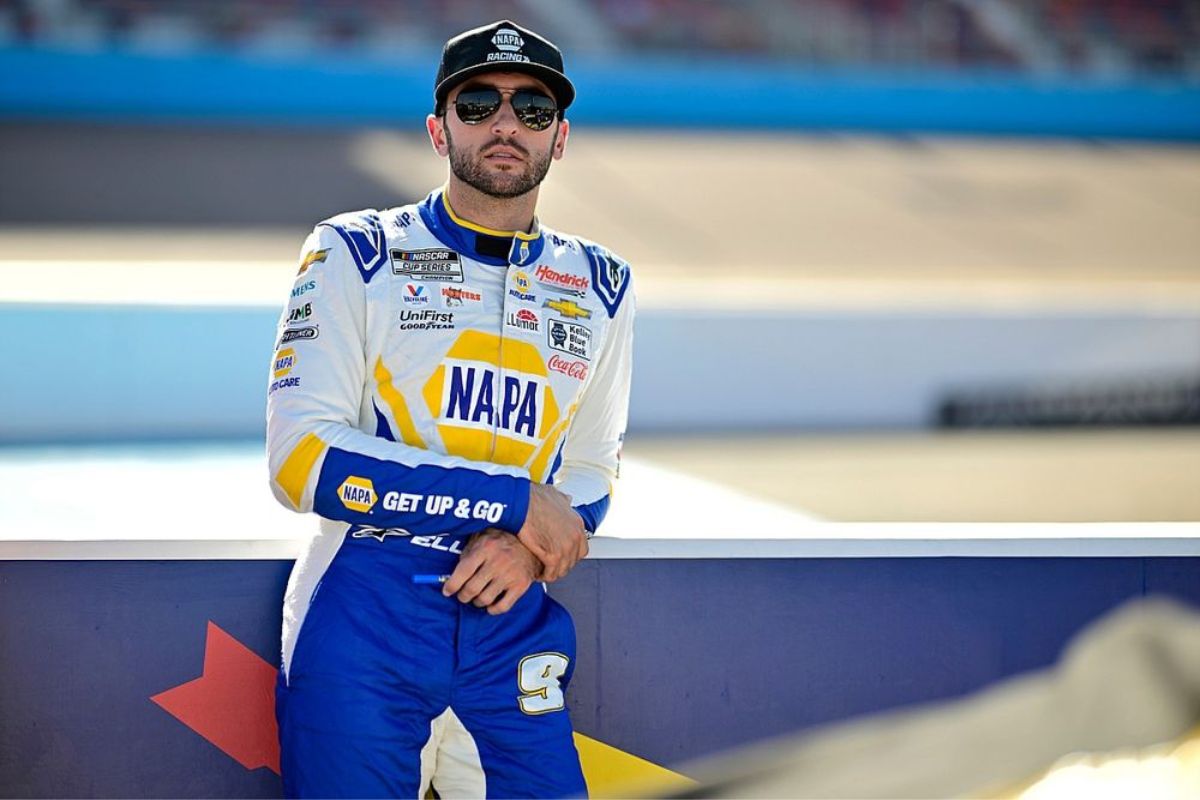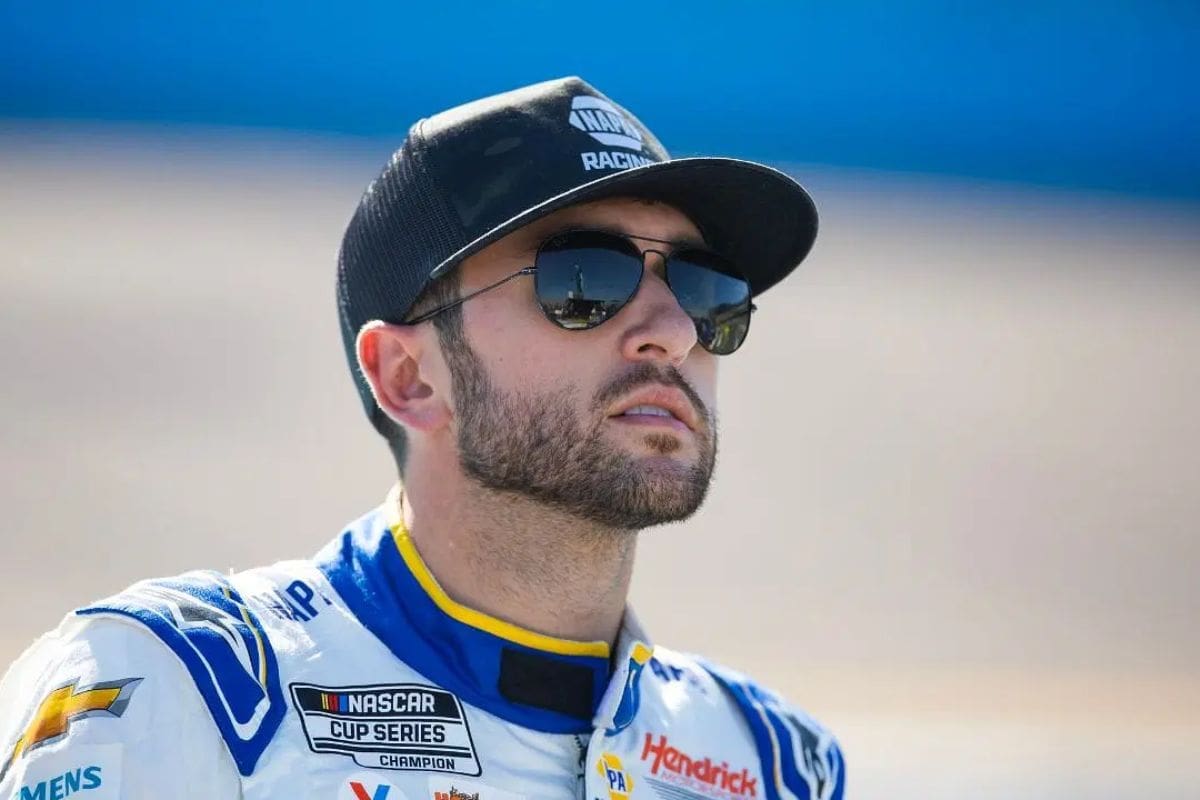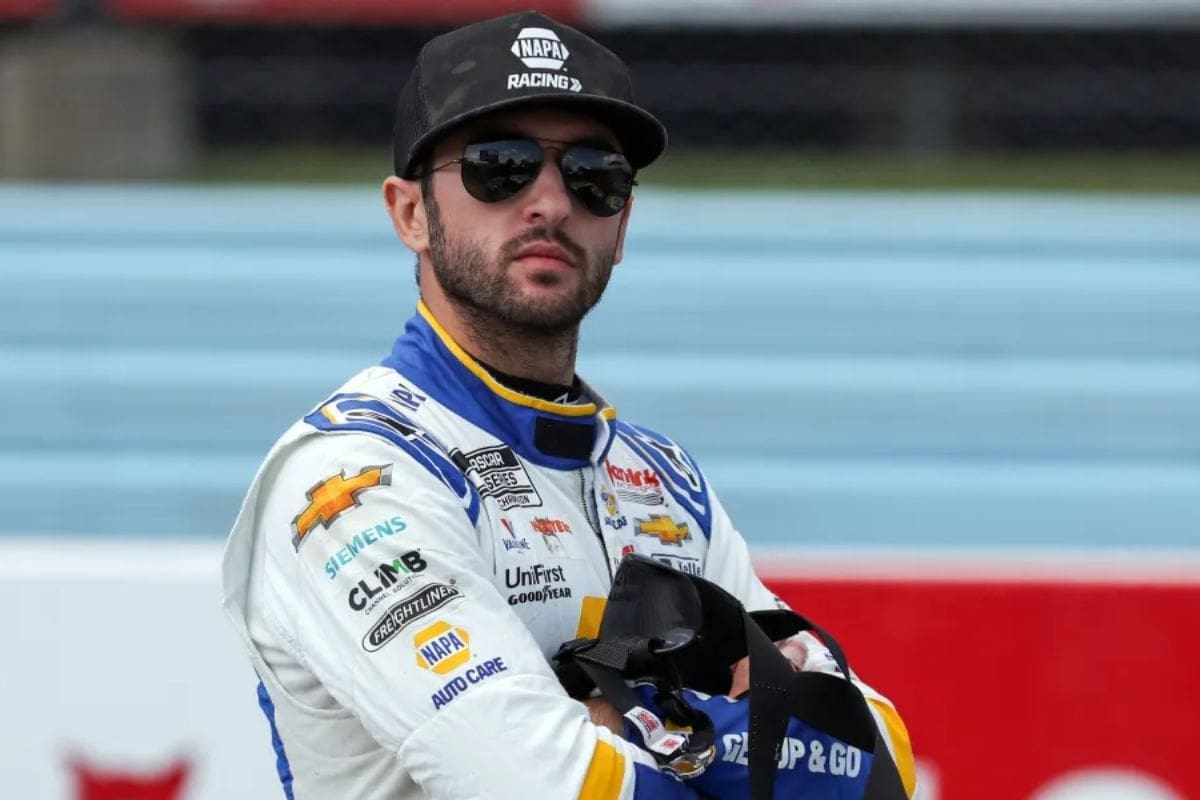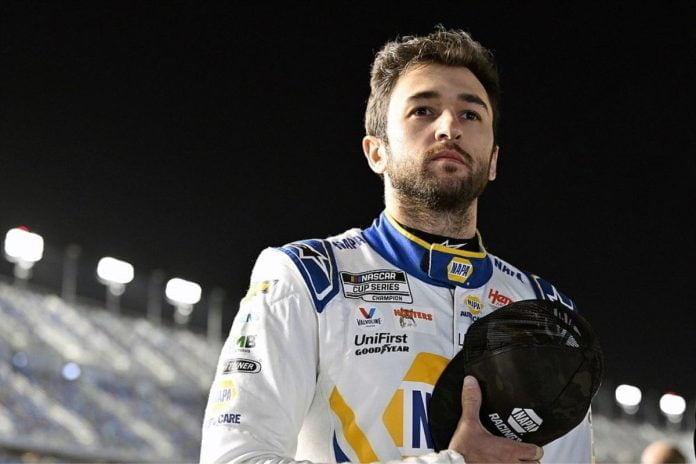Chase Elliott’s Texas Track Disappointment: Chase Elliott’s critique of the Texas Motor Speedway’s layout shows a pivotal debate within the motorsports community about the balance between track modernization and the preservation of racing quality. His insights, drawn from extensive experience and a commendable performance record, shed light on the implications of such changes on competition dynamics. As we explore Elliott’s specific concerns and their broader relevance to the sport, one must consider the potential impact on future races and whether Elliott’s adaptability could guide him to success amidst these evolving conditions.
Key Takeaways
- Elliott’s disappointment stems from renovations that altered the Texas track’s original versatile and competitive design.
- Critiques focus on the current layout’s departure from the aspects that once enhanced racing quality and driver engagement.
- Despite track changes, Elliott’s performance history at Texas includes three top-5 finishes and seven top-10s, showcasing his adaptability.
- Seasonal fluctuations have seen Elliott achieving two top-5s and three top-10s finishes, despite a 42-race win drought.
- The debate on track renovations highlights a broader conversation on balancing modernization with the preservation of racing thrill and integrity.
Elliott’s Disappointment with Track Changes
Why has the renovation of Texas Motor Speedway, a project completed in 2016, led to Chase Elliott’s pronounced dissatisfaction with the track’s current layout and racing experience? His discontent stems from a comparison between the current state of the track and its former configuration, which he regarded with high esteem for its versatility and racing quality. The renovations, intended to modernize the facility and potentially enhance competitive dynamics, have changed from the very aspects that once made Texas Motor Speedway a favorite among drivers like Elliott.
Elliott’s reflections on the track’s ‘former glory’ suggest a profound appreciation for the original design’s ability to accommodate diverse racing strategies and facilitate a more dynamic and engaging competition. This perspective resonates with a segment of the racing community that values traditional racing experiences, where the intricacies of the track layout play a significant role in testing drivers’ skills and adaptability.

Critique of Current Layout
Chase Elliott’s critique of the current layout at Texas Motor Speedway shows a profound disconnection between the track’s renovations and the expectations of seasoned drivers who cherished its original design. Elliott’s comments reflect a broader sentiment among competitive drivers who view the modifications not as improvements but as detriments to the track’s character and challenge. The alteration, aimed at enhancing race dynamics, has inadvertently diluted the very essence that made Texas Motor Speedway a favorite among many in the racing community.
The critique stems from a comparison of the track’s prior state, which Elliott and others considered ‘phenomenal,’ with the current layout that seems to have strayed from what made it exceptional. This sentiment is not isolated but shared widely among drivers who have experienced the track both before and after its renovation. The changes, intended to introduce new competitive elements and possibly improve safety, have sparked debate over whether the track’s original thrill and racing quality have been compromised.
“We had a great track here, honestly. I mean, I thought we had a phenomenal track. It was one of my favorite places to come. I mean, heck, you could run all over this place, you know. And it just blew me away when they did what they did. I was just shocked, you know, that they did that. You know, I was disappointed with the result, for sure, from what we had.” – (Chase)
“It came from, ultimately, rain delays and not being able to get the track dry. You know, that sucks. I get that, but I don’t know. I would rather have rain delay, and I think the fans would, too. I won’t speak for them, but I’m a fan as well. I would rather wait out of a weeping racetrack than I had work with or watch what we have now.” – (Chase)
Elliott’s Performance at Texas
Despite facing challenges with the track’s layout, Elliott’s performance at Texas Motor Speedway showcases a commendable track record, including three top-5 finishes and seven top-10s across 15 starts. This level of consistency is remarkable, especially considering the competitive nature of NASCAR races and the unique demands of the Texas track. Elliott’s average finish of 13.1 at this venue, while not the pinnacle of his career stats, speaks volumes about his adaptability and resilience.
Digging deeper into Elliott’s history at Texas, his best finish of P3 in 2016 stands out as a high point. This performance not only highlighted his potential early in his career but also set a benchmark for his future appearances at the track. The ability to secure a top-5 finish amid the high-speed corners and long straights of Texas Motor Speedway shows Elliott’s skill in car setup and race strategy, that are critical factors in achieving success at such a demanding circuit.

Season Performance and Momentum
This season, the 9 Hendrick Motorsports Chevrolet driver, Chase Elliott, has navigated through a series of fluctuating performances, marking two top-5s and three top-10s finishes with an average placement of 11.5 across eight races. Despite these inconsistent results, Elliott’s record demonstrates a resilience and potential for upward momentum as he is placed at sixth position in the Cup Series with 258 points. As the NASCAR series progresses, analyzing Elliott’s performance trajectory offers key insights into his capabilities and challenges.
Elliott’s journey this season is symbolic of a skilled driver contending with the highs and lows inherent in the motorsports. His two top-5 finishes show his potential to compete at the highest level, suggesting that when conditions align—be it team strategy, car performance, or Elliott’s own driving prowess—he is more than capable of securing podium positions. However, the broader context of his season, including the three top-10 finishes and an average placement outside the top 10, indicates areas for improvement.
The 42-race drought Elliott is aiming to break is a significant narrative this season. This statistic, while challenging, also provides a motivational backdrop for Elliott and his team.

News in Brief
Chase Elliott’s dissatisfaction with the modifications to Texas Motor Speedway shows the complex interplay between the evolution of racing tracks and the preservation of their characteristics.
This case exemplifies the broader challenge within motorsports of modernizing facilities while maintaining the integrity of the race experience.
Elliott’s critiques and subsequent performances serve as a demonstration of the adaptability required of drivers in the face of changing conditions, highlighting a pivotal aspect of professional racing dynamics.
Our Reader’s Queries
Q: What is Chase Elliott’s home track?
A: Following his second-place finish at Road America, Elliott clinched victory at his home track of Atlanta, continuing his impressive performance in the NASCAR Cup Series.
Q: Is Chase Elliott popular?
A: Elliott retained his celebrity status last summer, with fans voting the second-generation star as the sport’s most popular driver for the sixth consecutive season. Now embarking on his ninth Cup Series campaign, all with Hendrick Motorsports, coinciding with the team’s 40th anniversary this year.
Q: What is Chase Elliott known for?
A: Elliott made history as the first rookie to clinch a NASCAR national division championship by securing the Xfinity Series title in 2014. His accolades include five Xfinity Series wins and three victories in the Craftsman Truck Series.
Also Read: Chase Elliott’s Road to Redemption: Will Victory Follow Podium Success?


